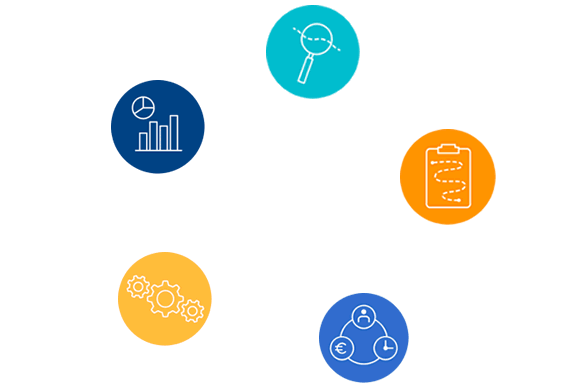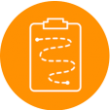
URBACT Toolbox
YOUR COMPLETE SET OF TOOLS AND RESOURCES FOR INTEGRATED & PARTICIPATIVE WORKING
You want to design and implement local policies in an integrated and participative way? Each tool in this toolbox is tailored to respond to 5 different stages of the public action-planning cycle, from the analysis of your challenge to the measurement of the impact achieved through the actions implemented. 2 cross-cutting sections also gather tools to engage stakeholders and share knowledge, throughout the action-planning process.
Everything is at your fingertips, so browse around and find the right tool for your need.
The content you will find here was developed through URBACT’s diverse Capacity-building activities and experiences. Building on the URBACT Method, you will get a taste of the programme’s core principles in a wide range of formats: videos, animations, how-to guides… All tools are considered to be a basis to tackle a challenge in a collaborative way and thinking collectively. Do not hesitate to adapt the tools to your own needs and to share with us your feedback, questions and ideas.The toolbox will be fed with new tools on a regular basis, so stay tuned!

Action Planning Stages
-

Analysing problems
Examine the current situation in order to identify the challenges in the city and what exactly needs to be fixed. -

Planning Actions
Define the change you want to make before generating ideas and co-create a coherent set of actions. -

Resourcing
Make sure you have proper and adequate human and financial means to make your plan concrete. -

Implementing
Ensure your plan is operational and foresee challenges linked to the delivery of the actions. -

Measuring results
Set up clear objectives and indicators to be able to monitor and assess the progress made.
What's the URBACT Method?
With years of experience, combined with key learnings from different EU cities, URBACT has developed and refined its unique methodology to ensure a more integrated, inclusive and sustainable urban development.
The URBACT Method is based on three key concepts:
Integration Participation Action-Learning.
The combination of these principles enables cities to manage the policy cycle from planning resources and assigning actions, to implementing and following up policies, evaluating the impact and feeding back the lessons learnt. The Toolbox provides supports at each stage of this cycle.
Learn all about the URBACT Method by watching the video!
We want to hear from you
Your opinion is really important for us, please share your thoughts and impressions on the URBACT Toolbox. We want to learn if a tool was particularly useful for you and if so, how did you put it into practices. Your feedback might also be published here.


